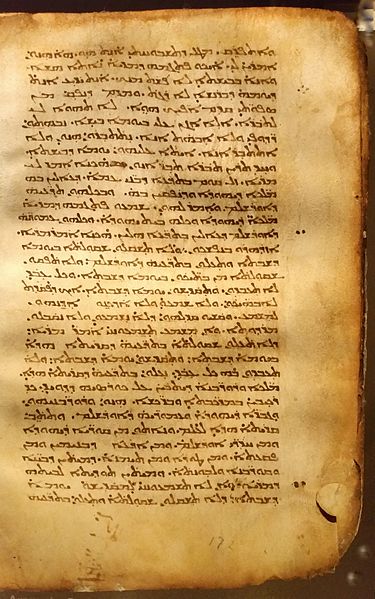The Resurgence of the Gospel, Part Two: Recharting the Christian World Mission
What Cassian accomplished for the development of the monastery in the west caught the attention of the Eastern Church, Byzantine, Coptic, and Syriac. It caught the attention of Nestorius and the monastic model out of Egypt was adopted for the Eastern Christian churches. Cassion, who died in Massilia, Gaul (modern Marseilles, France) in 435, is today venerated by the Eastern Orthodox Church, the Roman Catholic Church, The Church of the East, the Oriental Catholic Church, and the protestant Anglican Communion.
What we have here is a very interesting re-charting of the routes taken in the propagation of the gospel through the years and facilitated by the monastic movement. What now merits attention is the way east, but the way east was not a straight path. The way east was like a misshapen pitch fork. One fork pushed north from Damascus to bend eastward toward Edessa and Nisibis in Capppadocia into the Caucasus mountains east of Armenia and Georgia.
At an undisclosed point north by northeast, one fork went toward the river which drains into the Euxine [Black] sea and crossed it at a point northeast of the Ukraine. The other fork bent northeast toward the Volga and continued in a more easterly direction, crossing over the Ural river where the upper reaches of the Karakum desert blend into the steppes northwest of the Aral Sea.

The Peshitta, the Syrian-Aramaic translation of the Bible, on display at the National Library at Givat Ram, Jerusalem.
Image: Wikimedia Commons
The other fork took off in an easterly direction in the upper reaches of the Tigris-Euphrates valley close to the area of present-day Mosul and southeast of Nisibis and Gaugamela. The home base was undoubtedly Nisibis where an important Nestorian monastery was located. Originally a monastery for prayer and contemplation of the Scriptures, it quickly took on the appearance of the monasteries in Egypt while retaining its focus upon the whole of Asia and the retention of the Syriac language for the whole Syrian-Aramaic speaking sector of Asia east of Antioch, Caesarea, and Damascus. The Old Testament retained its Hebrew but the Targums or Commentaries on the Old Testament were written in Syriac. There was already a Syriac translation of the koinē Greek of the Gospels, the letters, Acts of the Apostles, and the Revelation [apocalypsis] to John. Belonging to the end of the second century, the Old Syriac, was replaced by the Peshitta which retains the Syriac of the 5th century A.D. and which is still today the authorized Old Testament and New Testament of the Church of the East. This is the time of Nestorius and Cyril of Alexandria, the middle and late 400’s.
Like the Coptic Church of Egypt and the Byzantine Orthodox Church of Constantinople, and unlike the Roman Catholic which favored the Latin Vulgate as the language of all European Christians, the Church of the East did favor the indigenous languages so that all peoples could read the Bible in their own tongues and learn of the Son of God who died on a Roman Cross and yet resurrected to give all who received his love to know the forgiveness of sins and a new resurrected way of living. It took the Roman or Western Church nearly 1450 years and a Protestant Reformation to get around to favoring the indigenous languages of the Europeans.
Category: Church History, Fall 2018


